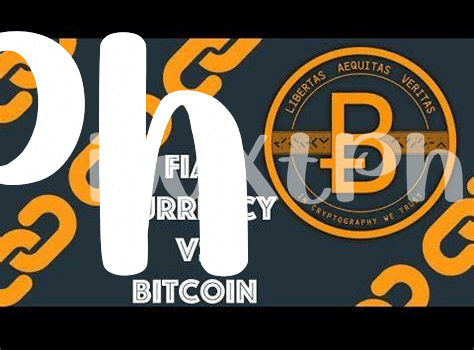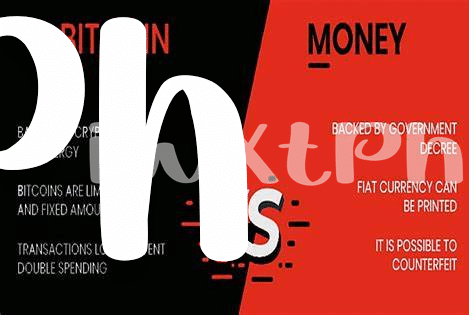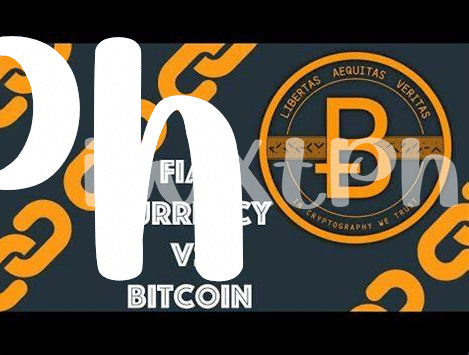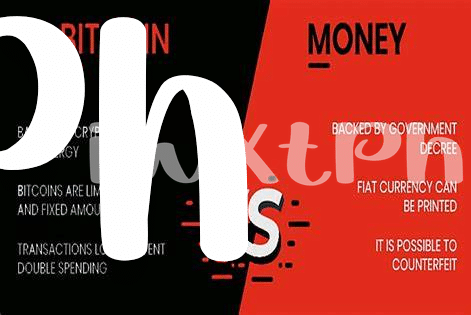The Rise of Blockchain: a Game Changer 🎲

Imagine a technology that lets you be the boss of your own money, without any middleman peeking into your transactions. That’s what blockchain technology does – it’s like a magic ledger that everyone can see, but no one owns. This innovation is turning heads because it offers a way to securely and transparently conduct transactions. For the first time in modern history, people are witnessing a system where they can transfer assets without needing permission from banks or governments. It’s a big deal because it means we could see a future where our money and how we spend it is truly in our hands.
Blockchain started as the wizardry behind cryptocurrencies like Bitcoin, but it’s quickly proving to be much more. By allowing digital information to be distributed but not copied, blockchain technology has created the backbone of a new type of internet. Initially devised for digital currencies, the tech community is now finding other potential uses for the technology. This table outlines a brief comparison of traditional transactions and blockchain transactions.
| Feature | Traditional Transactions | Blockchain Transactions |
|---|---|---|
| Transparency | Limited visibility for parties involved | High transparency for all network participants |
| Security | Prone to fraud and hacking | Enhanced security through cryptography |
| Efficiency | Can be slow and expensive due to intermediaries | Faster and cheaper by eliminating middlemen |
| Control | Centralized authority (e.g., banks, governments) | Decentralized, putting control in users’ hands |
The excitement around blockchain stems from its power to give control back to the people, reshaping the way we think about transactions and our financial freedoms. The promise of a decentralized future is not just a challenge to fiat currency control but an opportunity to redefine trust and freedom in the digital age.
Understanding Fiat Money: the Basics 💵
Fiat money is like the air we breathe in the economy – it’s everywhere, but we seldom stop to wonder about it. At its core, it’s the currency that a government has declared to be legal tender, yet it has no physical value like gold or silver. What makes it valuable is our trust and the government’s promise that it can be used for buying goods and services. This trust enables the central authorities, such as banks and governments, to regulate and stabilize the economy by controlling the money supply. However, this also means they hold the reins, deciding what your money is worth and how much of it circulates. In a world where everything from your morning coffee purchase to your savings account is governed by fiat currency, understanding its basics isn’t just useful—it’s essential for navigating the modern financial landscape.
How Blockchain Puts You in Control 🛠️

Imagine having a magic wallet where instead of someone else telling you how much your money is worth or charging you to use it, you get to call the shots. This is what blockchain technology offers. It’s kind of like your money wearing an invisibility cloak; it moves around under the radar, without big banks or governments tracking each penny. 🕵️♂️💸 Every time you use blockchain, you’re part of a massive team, but there’s no boss. It’s a bit like playing a team sport where everyone knows the goal but there’s no coach shouting orders. You get to send, receive, and manage your money in a digital handshake that’s secure. This sense of empowerment comes from decentralization – a fancy word for distributing power away from a central authority. It’s like every participant holding a key to a treasure chest, rather than one person holding all the keys. 🗝️🔓 Through blockchain, your financial destiny is, quite literally, in your own hands.
The Face-off: Decentralization Vs. Central Authority 🥊

Imagine a world where you could be your own bank, no longer needing to rely on big institutions to hold or move your money. This is not just a dream, but a reality taking shape through the magic of blockchain technology. In the traditional financial system, central authorities like governments and banks have always held the reins, deciding who can send money, how much, and when. Their say was final, and we all had to play by their rules. However, blockchain technology, with its decentralization, turns this concept on its head. Now, imagine a system where transactions are made directly between parties, securely and transparently, without the need for a middleman. This direct approach not only speeds things up but also cuts down on fees. Decentralization is challenging the old guard by empowering people like you and me. Keen to dive deeper into how all of this works, especially concerning digital currencies? Check out bitcoin lightning network for beginners for a straightforward explanation. As we embrace this new era, it’s clear that the balance of financial power is shifting, promising an exciting future where we have more control over our own assets.💡🚀
Real-world Examples: Blockchain in Action 🌎
In the world we live in today, the wonders of blockchain technology are not locked away in theoretical discussions or tech enthusiasts’ forums. They are unfolding around us, changing the way we think about and interact with money. For instance, cryptocurrencies like Bitcoin and Ethereum have shown that it’s possible to have a form of money that’s not controlled by any bank or government. This is a big deal because it means you can send, receive, or save your money without anyone telling you what you can or can’t do with it. But it’s not just about cryptocurrencies. Companies are using blockchain to create transparent and efficient systems for everything from tracking the journey of luxury goods to ensuring that the food you eat is safely and sustainably sourced.
Moreover, countries and cities are exploring how this technology can make their operations more transparent and accountable. Take Estonia, a country that has embraced digital innovation. They’re using blockchain to secure health records, legal documents, and even to ensure fair voting processes. This is a glimpse into a future where blockchain doesn’t just challenge the control of fiat currency but reshapes our world’s operational backbone. The table below showcases a few examples of blockchain in action:
| Application | Description | Impact |
|---|---|---|
| Cryptocurrencies (Bitcoin, Ethereum) | Digital or virtual currency that uses cryptography for security. | Reducing reliance on traditional banking and fiat money. |
| Supply Chain Transparency | Tracking the production, shipment, and delivery of products in a transparent manner. | Enhances trust and accountability in product sourcing and authenticity. |
| Government Services (Estonia’s digital initiatives) | Use of blockchain for securing public records and services. | Increases efficiency and transparency in government operations. |
These real-world applications highlight not just the versatility of blockchain but its potential to fundamentally alter how trust and security are conceptualized in various sectors.
Challenges and Future of Money with Blockchain 🔮

Peeking into the crystal ball of money’s future, especially when it involves blockchain technology, is like venturing into a vibrant, if not slightly mysterious, new world. A significant hurdle that comes with embracing blockchain is its complexity. For many, the technicalities are bewildering, bordering on alchemy. Yet, it stands as a beacon of potential, promising a future where transactions can zip across the globe sans the hefty fees or the watchful eyes of a central authority. However, users must tread cautiously; the digital landscape is fraught with security concerns. A misplaced trust in a dodgy platform could see one’s digital fortune vanish into thin air.
As we stand at this crossroads, pondering the challenges, it’s the spirit of innovation that lights the path forward. The curious can dive deeper into this world by exploring bitcoin and defi ecosystems for beginners, a treasure trove of knowledge that demystifies how one can securely hold digital currencies or tap into decentralized finance’s revolutionary power. The journey ahead with blockchain promises to reshape our understanding of money, nudging us towards a realm where financial empowerment is not just a dream for the few, but a reality for the many. As daunting as the challenges may appear, the potential rewards of a decentralized financial system beckon us to explore further, to learn, and perhaps, to redefine the essence of monetary value itself.
